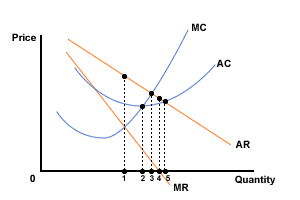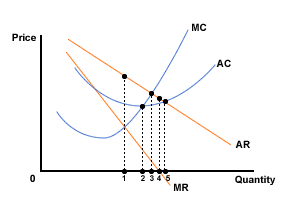Monopoly v. perfect competition
If you would prefer to view this interaction in a new web window, then please follow the link below:
Consumer and producer sovereignty
Because of the conditions of perfect competition - many buyers and sellers, perfect knowledge and freedom of entry - firms would be forced to produce those goods and services which consumers most wanted. Any firm or even group of firms not behaving in this way would be unable to survive for very long as the competitive pressures from those firms who were responding to consumers' wishes would soon drive them into extinction. From this point of view it could be argued that consumers are sovereign in as much that it is they who 'call all the shots'. However, as described previously, monopoly producers may well decide on which types of goods they are going to supply and at what prices, and then set about manipulating and moulding consumers' tastes, via their marketing activities, to match their pre-determined output plans - a situation in which the producer and not the consumer is sovereign.

1 |
Output levels - Monopoly
At which output level in the diagram below will the monopolist produce to ensure productive efficiency?
|
2 |
Output levels - Monopoly
At which output level in the diagram below will the firm produce to ensure allocative efficiency?
|
3 |
Monopolist - productive and allocative efficiencyA monopolist will be productively and allocatively efficient in long run equilibrium. |
4 |
Perfect competition - productive and allocative efficiencyA firm in perfect competition will be both productively and allocatively efficient in long-run equilibrium. |


